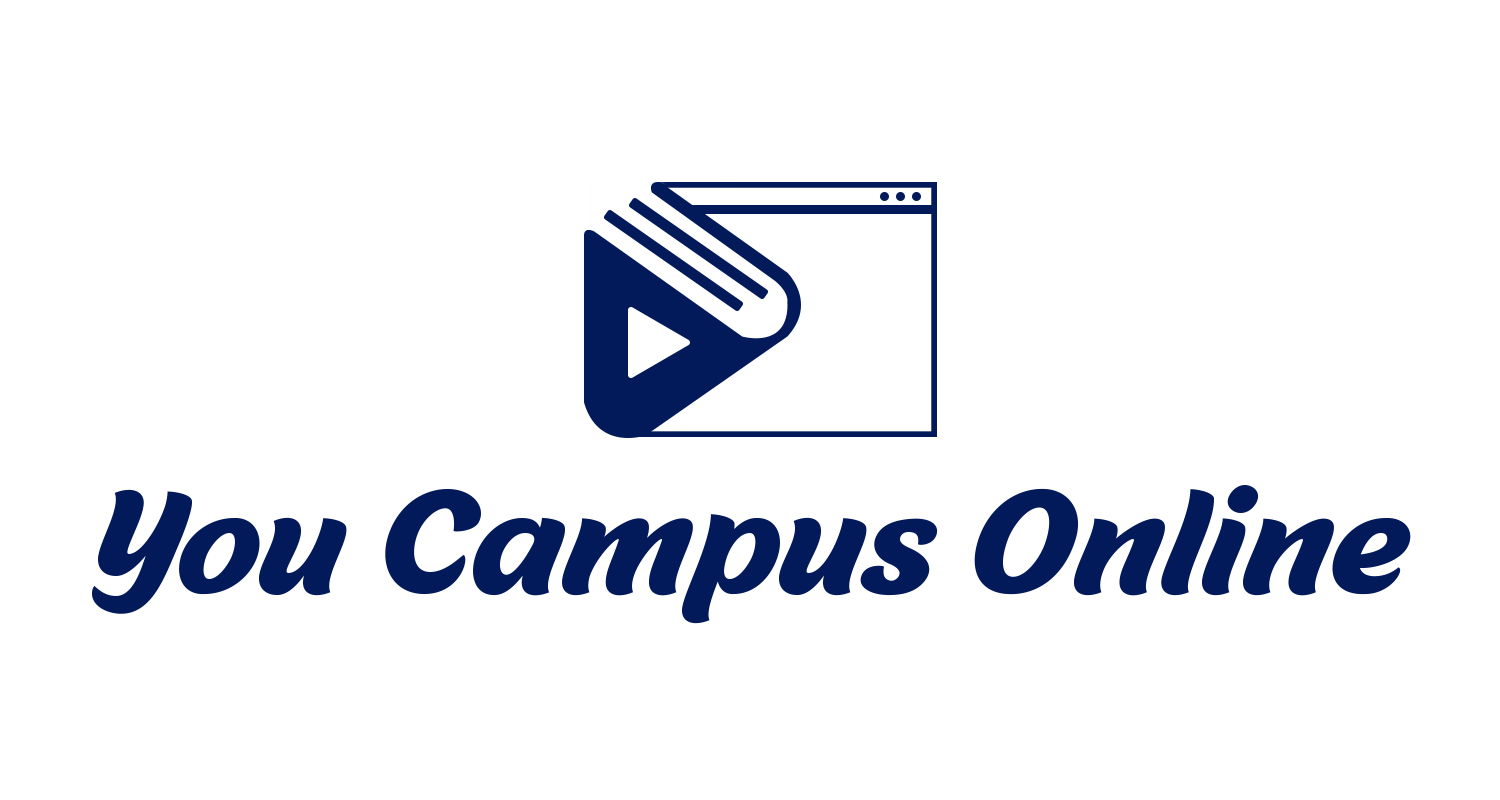So you’ve finally got that CSM certification. The certificate is in the bag, your LinkedIn is updated, and the recruiter emails are trickling in. But now comes the real deal: stepping into your first Scrum role. Whether you’re joining a tech company, a startup, or a team just learning to run sprints, your day-to-day will feel very different from classroom scenarios.
Your Role Isn’t Just About Running Stand-Ups
You might think being a ScrumMaster is all about holding daily stand-up meetings and moving cards across a board. While that’s part of the gig, it’s really just the surface. Your actual value lies in removing blockers, nudging the team towards self-management, and helping everyone stick to Agile principles without turning it into a rulebook.
The real skill? Knowing when to speak up and when to stay out of the way.
Expect Some Resistance to Scrum
Here’s where things get real. Not every team loves Scrum. Some are sceptical about the rituals, others are half-converted, and a few just go through the motions. Your job is not to preach, but to observe and support. Introduce change gradually. Think less “Scrum police,” more “Scrum whisperer.”
In your first few weeks, focus on watching team dynamics. Who speaks up? Who’s often left out? These insights will help you guide the team without shoving Agile principles down their throats.
You’re Not the Team Manager
Let’s be clear. A ScrumMaster doesn’t assign tasks or manage performance reviews. Your job is to be a coach, not a commander. It’s a support role, not a supervisory one. That might feel odd at first, especially if you’re coming from a traditional management background.
But stick with it. Many who take up CSM in Singapore find this shift challenging but rewarding. It’s about trust, not control. And yes, that means sometimes watching a team stumble before they learn to stand on their own.
Meetings Can Eat Your Day If You’re Not Careful
Daily stand-ups, sprint planning, backlog grooming, retrospectives, stakeholder check-ins… the list goes on. If you’re not careful, your day will disappear in Zoom calls and calendar invites.
The trick is to make meetings lean and meaningful. Focus on outcomes, not rituals. And don’t be afraid to cut what’s not working. Agile is about adapting, not drowning in meetings.
You Will Need to Translate Tech Talk
If you’re not from a tech background, be ready for acronyms, jargon, and whiteboard sketches that look like abstract art. Part of your job will be helping product owners and stakeholders understand what the team is doing, without making developers feel like you’re watering down their work.
The balance is tricky. But your CSM certification should’ve prepped you to be the bridge between business speak and dev lingo.
It’s Okay Not to Know Everything
You’ll make mistakes. Everyone does. You might misjudge a team’s readiness for a change or struggle to get a stakeholder engaged. That’s part of the job.
CSM in Singapore is becoming more common across different industries, not just tech. So your first team might be anything from software engineers to marketing specialists. Be flexible. And don’t fake it. The best ScrumMasters are honest about what they know, and open about what they don’t.
CHECK OUT: A Comprehensive Guide To Scrum Master Certification
Tools Will Help, but They Won’t Save You
Jira, Trello, Miro, Confluence… there’s no shortage of tools that claim to streamline Scrum. But without the right mindset, even the flashiest tool becomes just a fancy to-do list.
Focus on outcomes, not dashboards. And teach your team to own the process, not just tick boxes. After all, Scrum is about people, not platforms.
Expect Growth to Be Slow and Uneven
Scrum doesn’t promise instant results. Some sprints will feel smooth, others will crash and burn. Celebrate the small wins. Look for signs of real change: a quiet teammate speaking up, the team self-correcting, or the product owner refining stories before you remind them.
Whether you’re a fresh grad, a seasoned manager switching gears, or a curious professional exploring Agile, getting that CSM certification is just the first step. The real learning starts when you join a team and try to apply it. Contact AgileAsia to dive deeper, connect with other Scrum professionals, and take your next step with confidence.

